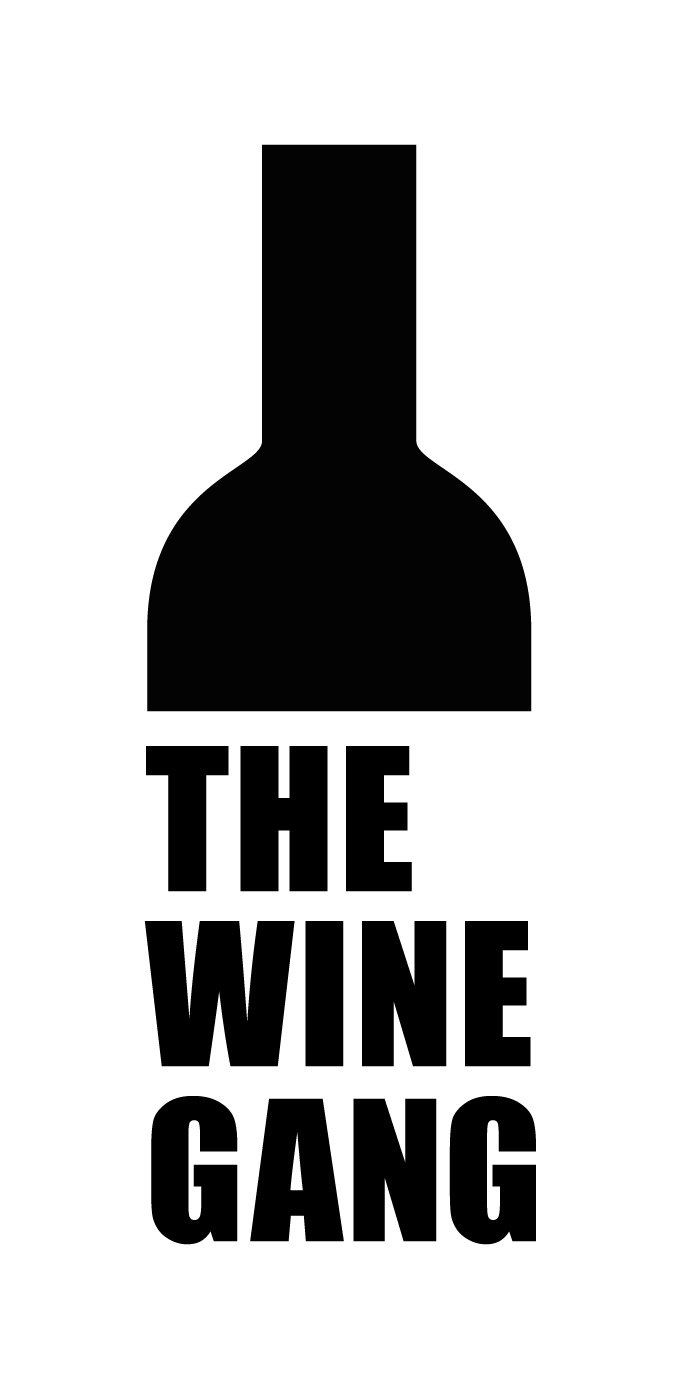Franciacorta Part 1 - An Introduction
We are proud to have some top Franciacorta producers pouring their wines at our upcoming Champagne & Sparkling Wine Festival. It will be a unique opportunity to taste bottles that are not otherwise available in the UK. But how well do you know Franciacorta (if at all)?
Below is a short introduction to the region and its exquisite sparkling wines. May it make you curious enough to taste a few bottles!
This post will be followed by an interview with Silvano Brescianini, the new president of Consorzio Franciacorta. Stay tuned.
Not particularly well-known in the UK until recently, the small, prestigious region of Franciacorta in Lombardy is positioning itself as Italy’s numero uno sparkling wine. It is not, needless to say, in competition with the much-better-known Prosecco, but rather as its high class alter ego, because the focus of its far more limited number of producers is on quality rather than quantity.
With vineyards on hilly slopes close to Lake Iseo in the Brescia province, Franciacorta is high-class fizz made exclusively by the metodo clasico (aka method champenoise and in contrast to the tank method used for Prosecco) mainly from Chardonnay, but also with Pinot Noir and Pinot Blanc, or rather, to give them their Italian due, with Pinot Nero and Pinot Bianco. And there’s another less-well-known grape, the indigenous Erbamat, a late ripener with higher acidity and lower sugar introduced to bring extra freshness to the wines.
One of the special features of the region is its sponge-like, ancient glacial and red clay / iron soils which are capable of retaining humidity in hot weather (rather as champagne’s chalk does). It is a relatively small area, with just 2,900 hectares, producing some 17.4 million bottles in 2018. That’s about three times the size of England’s sparkling wine industry, but, to put it in context, completely dwarfed by Prosecco’s 400 million - and counting - bottles.
As a small but almost perfectly formed region, Franciacorta’s focus is on high quality and the creation of sparkling wines that will behave well at the dinner table. Exports are limited to 12% of production because the Italians know a good thing when they taste it: they often prefer Franciacorta to champagne and are ready to pay for it.
Franciacorta produces non-vintage, rosé, vintage and riserva sparklings and a special category, known as satèn, which is roughly the equivalent of champagne’s blanc de blancs in that it must be made from white grapes only, and only as a Brut. The dosage in its sparkling wines is relatively low and alcohol levels moderate, which makes them elegant partners for food. Franciacorta is positioning itself as a leader in sustainability with 70% of its vineyards organic and it’s working with Padua University to find ways of capturing and keeping CO2 in its soils.
Although Franciacorta is a relatively recent phenomenon dating from 1961 when the first sparkling wine was made by Franco Ziliani, Guido Berlucchi’s winemaker, its historical roots as a vinegrowing area date back to Roman times and thereafter from the monastic foundations that played a role in its wine production in the middle ages. There are three monasteries close to Lake Iseo and you can visit no fewer than seven UNESCO sites, which with its remarkably good local food and the wines of Franciacorta, make this a delightful region to visit. Indeed , Franciacorta very much hopes that you will.
— posted by Ines Salpico & Anthony Rose


